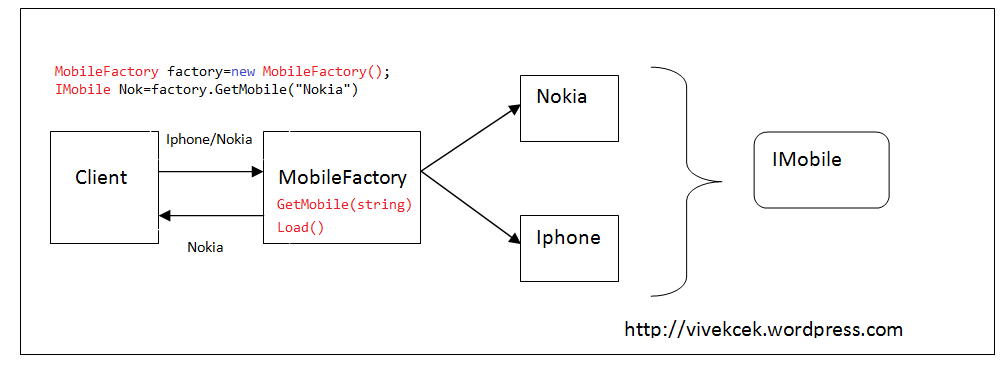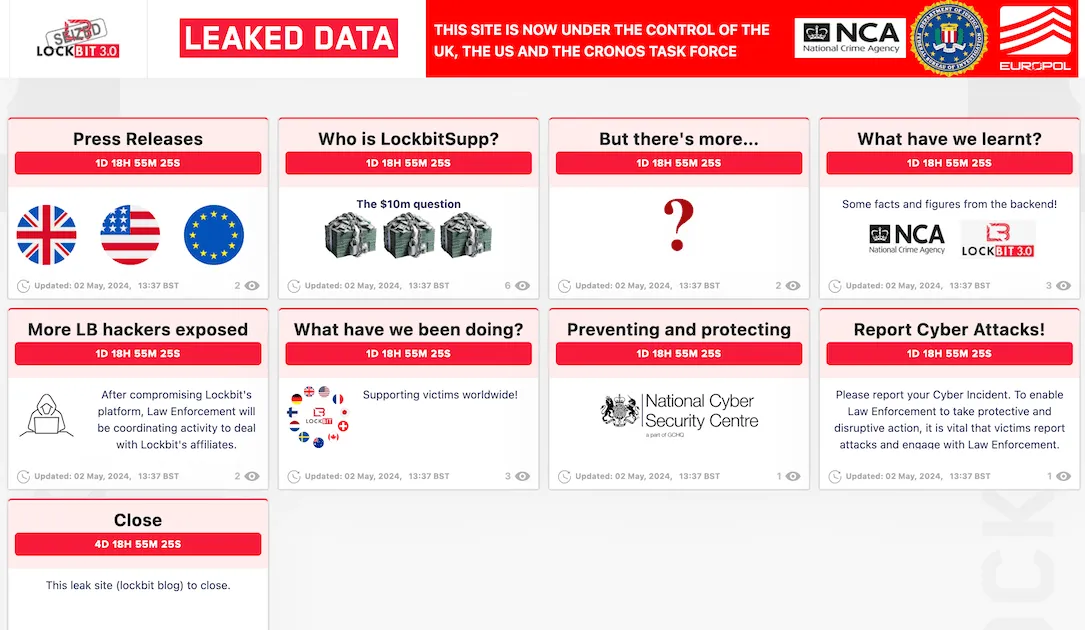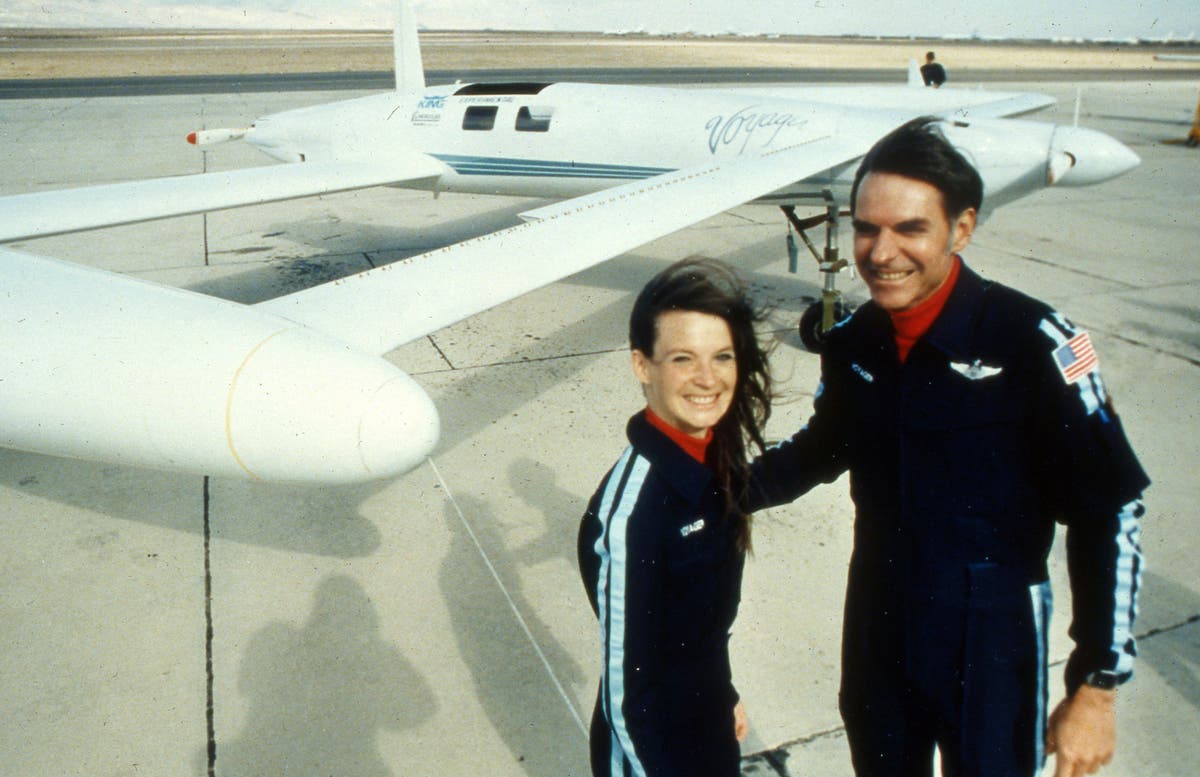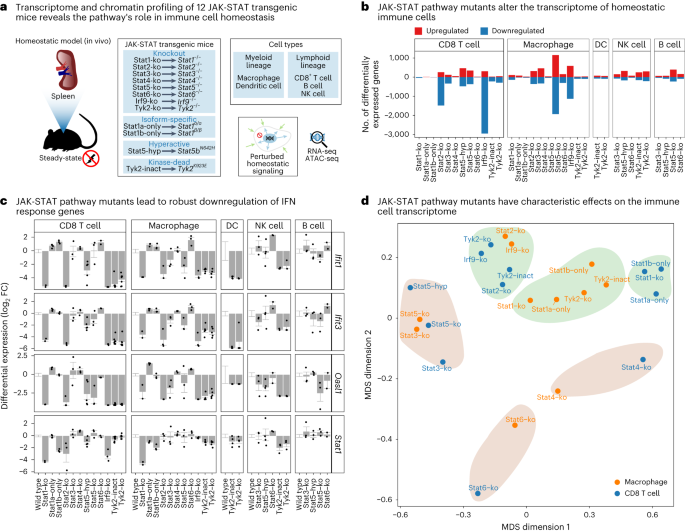Using object tracking to combat flickering detections in videos
Contemporary machine learning models display impressive precision levels, often rivaling even human perception. Yet, achieving such precision often necessitates trade-offs. The higher the precision, the longer the model's inference time and the greater its demand on video memory. These factors can pose significant challenges, particularly when deploying solutions in the cloud. Some can require up to 24 GB of video memory, pushing the limits of even high-end GPUs like the RTX-4090, priced at 1800 Euro. Deploying software on such costly hardware inevitably leads to soaring operational expenses. Compounding the issue, larger models tend to exhibit diminishing performance, necessitating additional running instances. Consequently, deploying large models becomes financially prohibitive.
This trend prompts developers to turn to swift and small models. At Celantur, we are trying to use models that don't take more than 5 GB of video memory. However, our clients entrust us with ensuring the meticulous anonymization of personal information, demanding exceptionally high recall rates. In other words, they expect minimal amount of false negatives (undetected objects). Naturally, one can't use small models and hope for exceptionally high recall rates and this leads to a huge problem.



















/cdn.vox-cdn.com/uploads/chorus_asset/file/23951502/VRG_Illo_STK172_L_Normand_JackDorsey_Neutral.jpg)